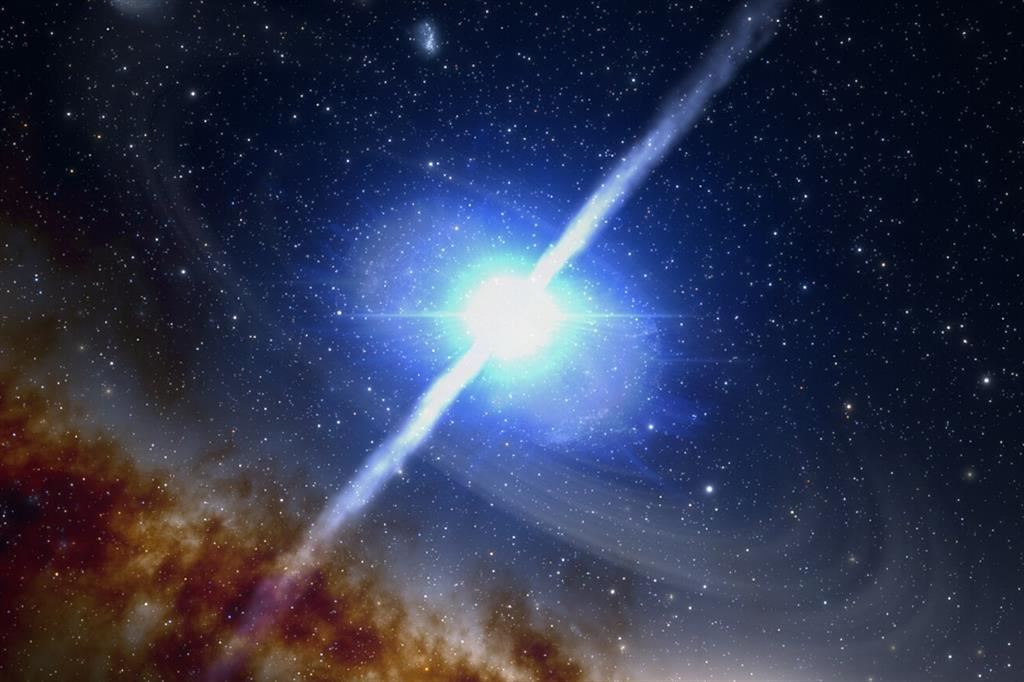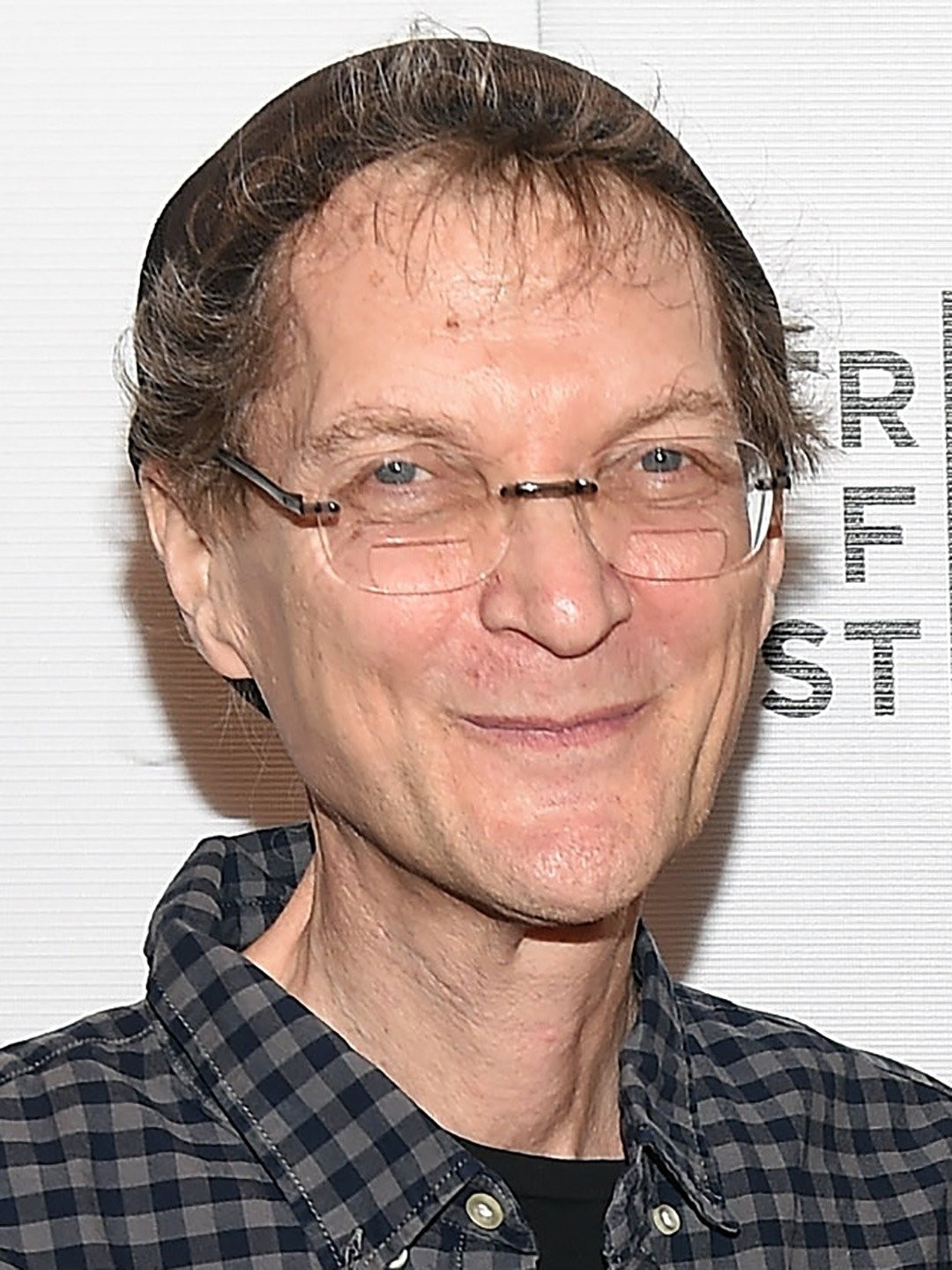Davide Re, Lunedì 4 dicembre 2023
La proposta dagli scienziati dell’University College di Londra: adattare la meccanica quantistica allo spazio-tempo della relatività, non il contrario

https://www.avvenire.it/agora/pagine/unire-la-relativita-alla-meccanica-quantistica
La “più bella delle teorie” quella in grado di mettere insieme, individuandone una matrice comune, le principali leggi della fisica, che attraverso la matematica cercano di descrivere il mondo che ci circonda. Un qualcosa di unificante su cui i fisici si spaccano la testa – invano – da decenni, soprattutto da quando in qualche modo hanno provato a mettere insieme la relatività generale di Albert Einstein (che spiega la gravità attraverso la curvatura dello spaziotempo) e la meccanica quantistica di Werner Karl Heisenberg (che governa le particelle più piccole dell’Universo).


Per questo, una nuova teoria che unifica appunto gravità e meccanica quantistica, è stata annunciata in due articoli pubblicati dai fisici dell’University College di Londra (UCL). La fisica moderna ha come pilastri appunto le trattazioni di Einstein e Heisenberg ma queste due teorie sono in contraddizione tra loro, soprattutto da un punto di vista matematico, tanto che una “riconciliazione” è rimasta sfuggente per oltre un secolo. In particolare, la relatività generale è una teoria classica dei campi, che concepisce lo spazio e il tempo come continui, cioè infinitamente divisibili, e gli eventi che in essi accadono come deterministici, ovvero dipendenti gli uni dagli altri e quantificabili in modo univoco.
Da un punto di vista matematico questa trattazione è da intendersi come “classica”. Non è così per quanto invece teorizzato da Heisenberg. Per lui – e sono state trovate ampie verifiche sperimentali a riguardo – l’osservazione del mondo microscopico andava fatta in modo diverso. Lì secondo il grande scienziato tedesco lo spazio-tempo non sono dei “continui” come nella relatività generale ma dei “discreti” (ecco la quantizzazione del campo), in cui esistono appunto limiti alla divisibilità delle grandezze. Non solo, alla base della meccanica quantistica c’è il principio di indeterminazione dello stesso Heisenberg, che sostiene sia impossibile conoscere con precisione assoluta i valori di “grandezze” correlate fra loro, come la quantità di moto e la posizione di una particella. Insomma, nel mondo della meccanica quantistica tutto è incerto.
Per l’unificazione, l’ipotesi era che la teoria della gravità di Einstein doveva essere modificata, o “quantizzata”, per adattarsi alla teoria quantistica. Ma non ha funzionato mandando la teoria delle stringhe e la teoria della gravità quantistica su un binario morto. La nuova teoria, sviluppata dal professor Jonathan Oppenheim (UCL Physics & Astronomy), ed esposta in uno dei due articoli, apparsa su Physical Review X (PRX), adotta un approccio alternativo suggerendo che lo spazio-tempo potrebbe essere classico – cioè, non affatto governato dalla teoria quantistica. Invece di modificare lo spaziotempo, la nuova teoria – denominata “teoria postquantistica della gravità classica” – modifica la teoria quantistica e prevede un crollo intrinseco della prevedibilità mediato dallo spazio-tempo stesso. Un secondo articolo, pubblicato contemporaneamente su “Nature Communications” a firma di ex studenti di dottorato del professor Oppenheim, esamina invece alcune delle conseguenze della teoria e propone un esperimento per testarla: misurare una massa in modo molto preciso per vedere se il suo peso sembra fluttuare col tempo.

“La teoria quantistica e la teoria della relatività generale di Einstein sono matematicamente incompatibili tra loro, quindi è importante capire come viene risolta questa contraddizione. Lo spazio-tempo dovrebbe essere quantizzato, o dovremmo modificare la teoria quantistica, o ancora dovremmo trovare qualcos’altro di completamente diverso?“, ha detto Oppenheim. Per Zach Weller-Davies, che come studente di dottorato presso l’UCL ha contribuito a sviluppare la proposta sperimentale e ha dato un contributo chiave alla teoria stessa, ha dichiarato: “Questa scoperta mette alla prova la nostra comprensione della natura fondamentale della gravità. Abbiamo dimostrato che se lo spaziotempo non ha una natura quantistica, allora devono esserci fluttuazioni casuali nella curvatura dello spaziotempo che hanno una firma particolare che può essere verificata sperimentalmente”. I coautori, il dottor Carlo Sparaciari e la dottoressa Barbara Oda, i cui calcoli analitici e numerici hanno contribuito a guidare il progetto, hanno espresso la speranza che questi esperimenti possano determinare se la ricerca di una teoria quantistica della gravità sia l’approccio giusto.
La proposta di verificare se lo spazio-tempo è classico cercando fluttuazioni casuali nella massa è complementare a un’altra proposta sperimentale che mira a verificare la natura quantistica dello spaziotempo cercando qualcosa chiamato “entanglement mediato gravitazionalmente”. Il professor Sougato Bose (UCL Physics & Astronomy), che non è stato coinvolto nell’annuncio, ma è stato tra quelli che per primi hanno proposto l’esperimento di entanglement, ha detto: “Gli esperimenti per testare la natura dello spazio-tempo richiederanno uno sforzo su larga scala, ma sono di enorme importanza dal punto di vista della comprensione delle leggi fondamentali della natura. Credo che questi esperimenti siano a portata di mano: queste cose sono difficili da prevedere, ma forse conosceremo la risposta entro i prossimi 20 anni“.

Fonte: Avvenire
English translate
The proposal from scientists at University College London: adapt quantum mechanics to the space-time of relativity, not the other way around
The "most beautiful of theories" is the one capable of putting together, identifying a common matrix, the main laws of physics, which through mathematics try to describe the world around us. A unifying something that physicists have been busting their heads about – in vain – for decades, especially since they somehow tried to put together Albert Einstein's general relativity (which explains gravity through the curvature of spacetime) and quantum mechanics by Werner Karl Heisenberg (which governs the smallest particles in the Universe).
Albert Einstein, German naturalized Swiss and American scientist born on 14 March 1879 in Ulm, Germany and died on 18 April 1955 at Princeton University, in the state of New Jersey in the United States https://biografieonline.it/biografia-albert- Einstein Nobel Prize for Physics in 1921, theorist of the "Theory of General Relativity" and "Special Relativity" which link the dimensions of Space and Time.
Werner Karl Heisenberg, German theoretical physicist born on 5 December 1901 in Wurzburg, Germany and died on 1 February 1976 in Munich, also in Germany. Famous founding father of Quantum Mechanics and its second postulate, the "Uncertainty Principle", enunciated in 1927 which states that it's not possible to determine two conjugated variables with arbitrary precision and at the same time, i.e. it's not possible to know two variables exactly and at the same time such as the position and momentum of a particle. He was awarded the Nobel Prize for Physics in 1932. https://biografieonline.it/biografia-werner-karl-heisenberg
For this reason, a new theory that unifies gravity and quantum mechanics was announced in two articles published by physicists at University College London (UCL). Modern physics has as its pillars the treatments of Einstein and Heisenberg but these two theories contradict each other, especially from a mathematical point of view, so much so that a "reconciliation" has remained elusive for over a century. In particular, general relativity is a classical field theory, which conceives space and time as continuous, that is, infinitely divisible, and the events that occur in them as deterministic, that is, dependent on each other and uniquely quantifiable.
From a mathematical point of view this treatment is to be understood as "classical". This is not the case with what Heisenberg theorized. For him - and extensive experimental verifications have been found in this regard - the observation of the microscopic world had to be done differently. There, according to the great German scientist, space-time is not "continuum" as in general relativity but "discrete" (here is the quantization of the field), in which there are precisely limits to the divisibility of quantities. Not only that, at the basis of quantum mechanics is Heisenberg's uncertainty principle, which claims that it is impossible to know with absolute precision the values of "quantities" correlated with each other, such as the momentum and position of a particle. In short , in the world of quantum mechanics everything is uncertain.
For unification, the hypothesis was that Einstein's theory of gravity had to be modified, or "quantized," to fit quantum theory. But it didn't work, sending string theory and quantum gravity theory into a tailspin. The new theory, developed by Professor Jonathan Oppenheim (UCL Physics & Astronomy), and set out in one of two papers, appearing in Physical Review not at all governed by quantum theory. Instead of modifying spacetime, the new theory – called the “postquantum theory of classical gravity” – modifies quantum theory and predicts an intrinsic collapse of predictability mediated by spacetime itself. A second article, published at the same time in "Nature Communications" by former doctoral students of Professor Oppenheimer, examines some of the consequences of the theory and proposes an experiment to test it: measuring a mass very precisely to see if its weight seems fluctuate over time.
"Quantum theory and Einstein's general theory of relativity are mathematically incompatible with each other, so it's important to understand how this contradiction is resolved. Spacetime should be quantized, or we should modify quantum theory, or we should find something else entirely different?,” Oppenheim said. For Zach Weller-Davies, who as a PhD student at UCL helped develop the experimental proposal and made a key contribution to the theory itself, said: "This discovery challenges our understanding of the fundamental nature of gravity. We have shown that if spacetime does not have a quantum nature, then there must be random fluctuations in the curvature of spacetime that have a particular signature that can be verified experimentally." Co-authors Dr. Carlo Sparaciari and Dr. Barbara Oda, whose analytical and numerical calculations helped guide the project, expressed hope that these experiments could determine whether the search for a quantum theory of gravity is the right approach.
The proposal to test whether spacetime is classical by looking for random fluctuations in mass is complementary to another experimental proposal that aims to test the quantum nature of spacetime by looking for something called “gravitationally mediated entanglement.” Professor Sougato Bose (UCL Physics & Astronomy), who was not involved in the announcement but was among those who first proposed the entanglement experiment, said: "Experiments to test the nature of spacetime will require a large-scale effort, but they are of enormous importance from the point of view of understanding the fundamental laws of nature. I believe that these experiments are within reach: these things are difficult to predict, but perhaps we will know the answer within the next 20 years".
Dott. Alessio Brancaccio, tecnico ambientale Università degli Studi di L’Aquila, membro partecipante ordinario Fondazione Michele Scarponi Onlus, ideologo e membro del movimento ambientalista Ultima Generazione appartenente alla Rete Internazionale A22 in contrasto del Cambiamento Climatico in atto
